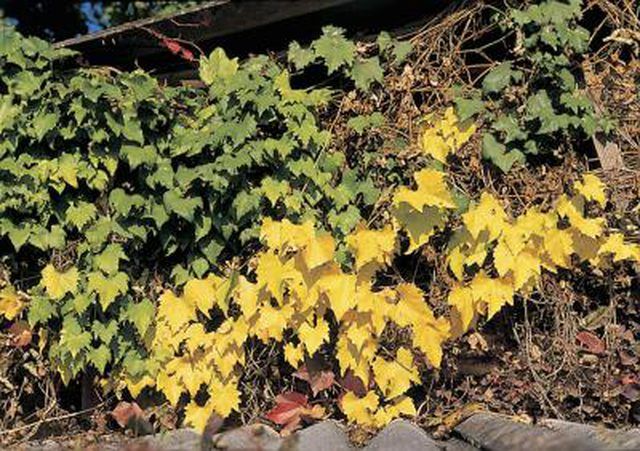Bulbs
Flower Basics
Flower Beds & Specialty Gardens
Flower Garden
Garden Furniture
Garden Gnomes
Garden Seeds
Garden Sheds
Garden Statues
Garden Tools & Supplies
Gardening Basics
Green & Organic
Groundcovers & Vines
Growing Annuals
Growing Basil
Growing Beans
Growing Berries
Growing Blueberries
Growing Cactus
Growing Corn
Growing Cotton
Growing Edibles
Growing Flowers
Growing Garlic
Growing Grapes
Growing Grass
Growing Herbs
Growing Jasmine
Growing Mint
Growing Mushrooms
Orchids
Growing Peanuts
Growing Perennials
Growing Plants
Growing Rosemary
Growing Roses
Growing Strawberries
Growing Sunflowers
Growing Thyme
Growing Tomatoes
Growing Tulips
Growing Vegetables
Herb Basics
Herb Garden
Indoor Growing
Landscaping Basics
Landscaping Patios
Landscaping Plants
Landscaping Shrubs
Landscaping Trees
Landscaping Walks & Pathways
Lawn Basics
Lawn Maintenance
Lawn Mowers
Lawn Ornaments
Lawn Planting
Lawn Tools
Outdoor Growing
Overall Landscape Planning
Pests, Weeds & Problems
Plant Basics
Rock Garden
Rose Garden
Shrubs
Soil
Specialty Gardens
Trees
Vegetable Garden
Yard Maintenance
How to Transplant Wild Grapes
How to Transplant Wild Grapes. Domestic grapevines grow in many varieties through the country, with different sizes, shapes and fruits. Most domestic varieties started as wild grapes, though, with careful breeding and selection to produce different characteristics. Wild grapes still grow in the forests and fields of the nation, bearing darker...

Domestic grapevines grow in many varieties through the country, with different sizes, shapes and fruits. Most domestic varieties started as wild grapes, though, with careful breeding and selection to produce different characteristics. Wild grapes still grow in the forests and fields of the nation, bearing darker foliage and smaller fruit than their domesticated cousins. Wild grapes are tart and more strongly flavored than domestic grapes, but make delicious jam, jelly and wine. If you've found a patch of wild grapes, transplant some of them to your yard for your own bright, juicy summer and fall harvests.
Things You'll Need
Pruning shears
Garden fork
Organic compost
Bucket
Shovel
Box
Trellis
Ties
Fertilizer
Mulch
Transplant the grapevines in early spring or late fall, when temperatures are cool and the grapevines are dormant. Dormancy and moist, cool weather produce the most successful transplants.
Choose and prepare a garden site for the grapevines before you transplant. Find a site with full sunshine all day, quick air circulation and good drainage. Allot 10 feet in the row for each grapevine. Prepare individual 2-foot-square plots for planting, rather than preparing the entire area. Dig the soil to a depth of 12 inches, mix it and tuck in 5 to 6 inches of organic compost. Grapevines require deep, loose and nutritious soil mixtures for success.
Choose a number of healthy wild grapevines, or canes. Cut these canes to 2 to 3 feet in length for easier transplant and healthy new growth. Pour water over the soil around your chosen vines to make the digging easier.
Slide the shovel into the soil 1 to 2 feet from the base of each cane to find the root balls and and lever them out of the soil. Put the grapevines and their root balls in a box for transport, along with plenty of native soil.
Plant the grapevines in their new sites at their original planting depth, or with their roots just under the soil surface. Water each vine with 1/2 gallon of water to settle the soil around the roots, and put them on a schedule of 2 inches of water, once a week. Spread 2 inches of mulch over the surrounding soil for moisture and warmth.
Erect a trellis to provide the grapevines training and support. Tie the main vines of the grapevines to the trellis and train the fruiting vines along the wires of the trellis.
Fertilize the grapevines in the spring when they begin to show new growth. Scatter 10-10-10 granular fertilizer in a circle around each grapevine and mix it into the soil. Maintain at least 6 inches of space between the grapevines and the fertilizer granules. Always water the grapevines immediately after feeding.
Tips & Warnings
Take cuttings of wild grapevines and root them at home for an easier transplant process.
Wild grapevines reach up to 80 feet tall in the wild. Prune them every winter to maintain controlled, compact growth and better fruit production.